Spanish Moss??
When I was a child my family and I would drive to Miami twice a year to see my mom’s sister and her family. In those days route 95 was in its infant stage with only small sections completed. So, when traveling south from New Jersey we ventured down 2 lane highways through the countryside and meandered through small towns along the way. One thing that always fascinated me on those trips was viewing the long, straggly, shiny, silver and gray thread-like stems that were hanging from gigantic trees and almost touched the ground.
What is that stuff, I would wonder? My dad would say Spanish moss. I never questioned its origin or why it grew where it did until now. Read on to learn about Spanish moss.
“Some of the links within this post are affiliate links on which I receive a small compensation from the sale of certain items with no extra cost to you.”
“As an Amazon Associate I earn from qualifying purchases.”
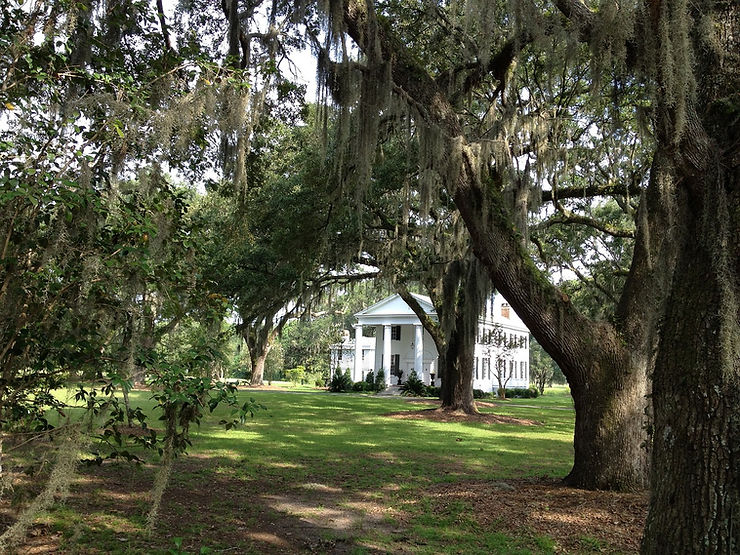
What Is Spanish Moss?
One would think Spanish moss is “moss”. But it’s not. It’s actually an epiphyte. An epiphyte is a plant that grows on the surface of something for support. It is not a parasite. Unlike parasites which draw nutrients from an organic host, epiphytes get their nutrients from the rainfall, moisture in the air, and decaying organic debris that surrounds them.
Spanish moss belongs to the Tillandsia genus of bromeliads. Most Tillandsia have roots that attach themselves to the host plant. However, this particular moss attaches itself to its host using curved tiny scales on its leaves that initially cling to the host. As it grows each new scale clings to the previous scale to create the long wispy strings of Spanish moss.
It produces a miniscule sized flower which is hard to see with the naked eye. However, in late spring to early summer, they emit a strong earthy cypress aroma.
Why is it Called Spanish Moss?
Here is one of the legends that reveals why it is called Spanish moss from eat stay play Beaufort.
“There’s an old, old legend, that’s whispered by Southern folks,
About the lacy Spanish moss that garlands the great oaks.
A lovely princess and her love, upon their wedding day,
Were struck down by a savage foe amidst a bitter fray.
United in death they were buried, so the legend goes,
‘Neath the oak’s strong, friendly arms, protected from their foe.
There, as was the custom, they cut the bride’s long hair with love,
And hung it’s shining blackness on the spreading oak above.
Untouched, undisturbed it hung there, for all the world to see,
And with the years, the locks turned gray and spread from tree to tree.”
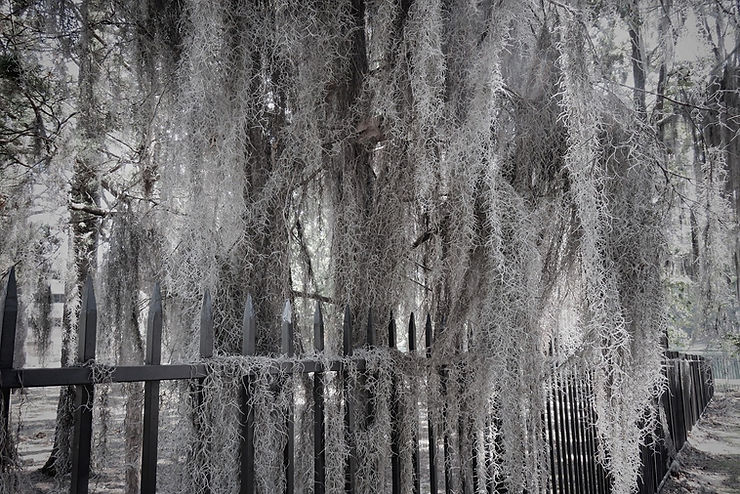
Various settlers and explorers called the plant different names. For instance, the French and Spaniards, who would rival each other in their explorations, called it “French hair” (Spanish name dig) and “Spanish beard” (French name dig). The French who named it Spanish beard eventually won out and it was later changed to Spanish moss.
Louisiana folklore also explains why it is called Spanish Moss. It has to do with Spanish explorers. If you are interested in more myths surrounding the moss, click ktalnews.
Where Does Spanish Moss Grow?
This moss is native to tropical areas of Mexico, South America, Central America, the Caribbean, and the southern, tropical areas of the United States.
It grows in warm climates with high humidity and significant rainfall. The tiny scales found on the moss’s leaves, called trichomes, absorb water and nutrients from the air and also from its host’s moisture.
Spanish moss grows in abundance on Southern oaks and bald cypress trees. Both trees are very strong and can withstand floods, hurricanes and even fires. Oak trees have long tap roots which burrow deep into the ground to make them more stable. According to Birds and Bloom, the trees are tall so fires usually do not reach the crowns of the tree, allowing sprouts to grow from the base after the tree has suffered fire damage.
Effects on the Host Tree and Biodiversity
Host Tree
The Spanish moss does not usually harm the tree it is attached to. Since it is an epiphyte it does not take any nourishment from the tree.
However, because the moss absorbs a lot of moisture from the air, it will become heavy and can cause breakage to weak limbs and branches. Also, if the moss becomes very thick and covers part of the tree, not allowing sunlight to reach some of the leaves, the leaves on the tree will not be able to photosynthesize placing the tree in jeopardy. This rarely occurs, though.
Biodiversity
Spanish moss is a great contributor to the ecosytem. Birds such as Yellow-throated warblers and northern parulas build their nests using mats of the moss during the spring and summer. Different species of bats, frogs, lizards, snakes and insects also call Spanish moss their home.
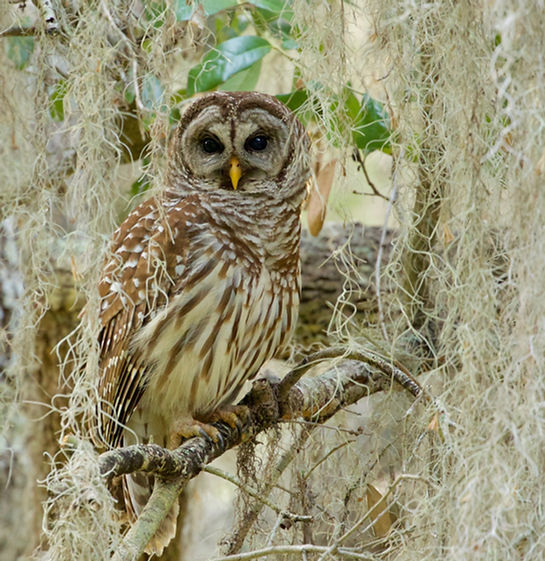
WARNING:
Chiggers (tiny mites that live outdoors in damp, warm, grassy or wooded areas that eagerly bite humans and cause excessive itchiness) are common on Spanish moss. They are more prevalent close to the ground where it is more moist, so be careful when handling Spanish moss. Chiggers are common to other moist areas not just Spanish moss. It’s not advisable to bring the moss into your home because it houses many different kinds of insects and critters.
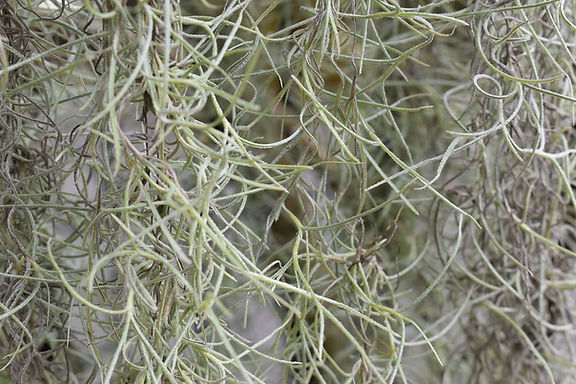
Propagation of Spanish Moss
This moss is propagated by either seeds or pups.
It is spread to other areas by the wind or birds. The seeds are easily scooped up by the wind and land on the bark of other trees. Birds will also carry off the seeds that ultimately land in a crevice of the bark which provides a perfect spot for germination.
Benefits of Spanish Moss
The moss filaments were once used for car, furniture, and mattress upholstery. In the 1970’s commercial use ceased due to the development of synthetic fibers.
It is still used as mulch and for crafts.
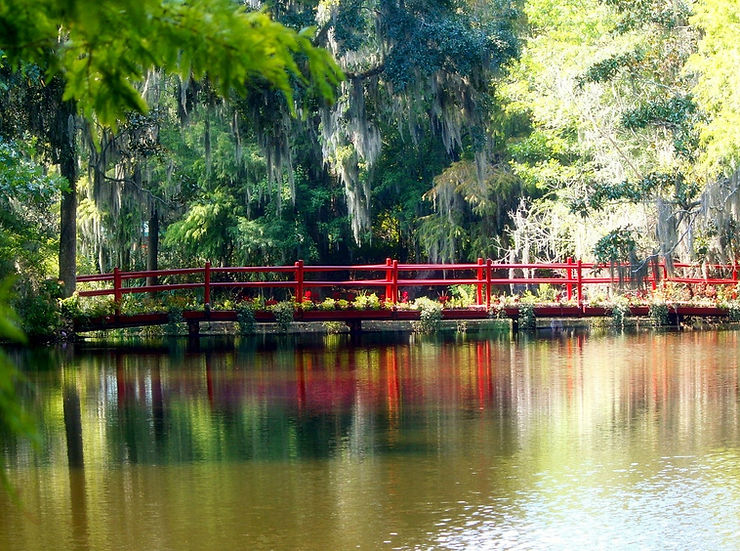
Is Spanish Moss Invasive?
No, it is not considered invasive. It provides homes for other creatures in the ecosystem. It thrives in salt marshes and helps retain soil and slow erosion from rising sea levels.
Purchase All Your Needs For Your Garden from Rain Bird
What is Spanish Moss?
I hope you understand what Spanish moss is now that you have read this post. To me it still conjures up images of spooky nights, full moons, and long eerie shadows of spectres such as the ghost of Christmas future in Charles Dickens’ “A Christmas Carol”.
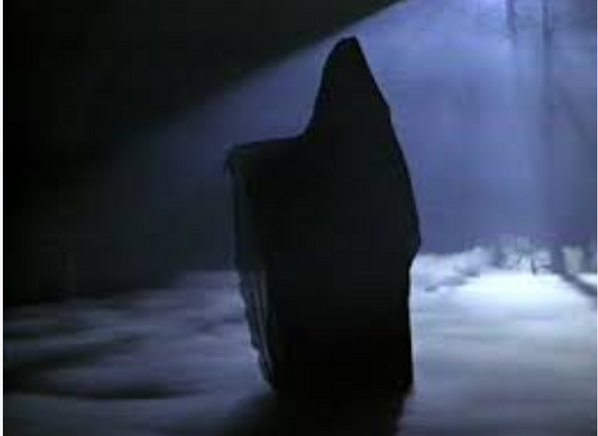
But it is not spooky at all. Actually it is quite beneficial to our ecosystem. So the next time you are traveling down south and you come across this glimmering ghostly growth, share your wealth of knowledge with the person next to you!
I hope you enjoyed this post. Please leave a comment below and share it with friends and family!
Happy Gardening,
Nina
